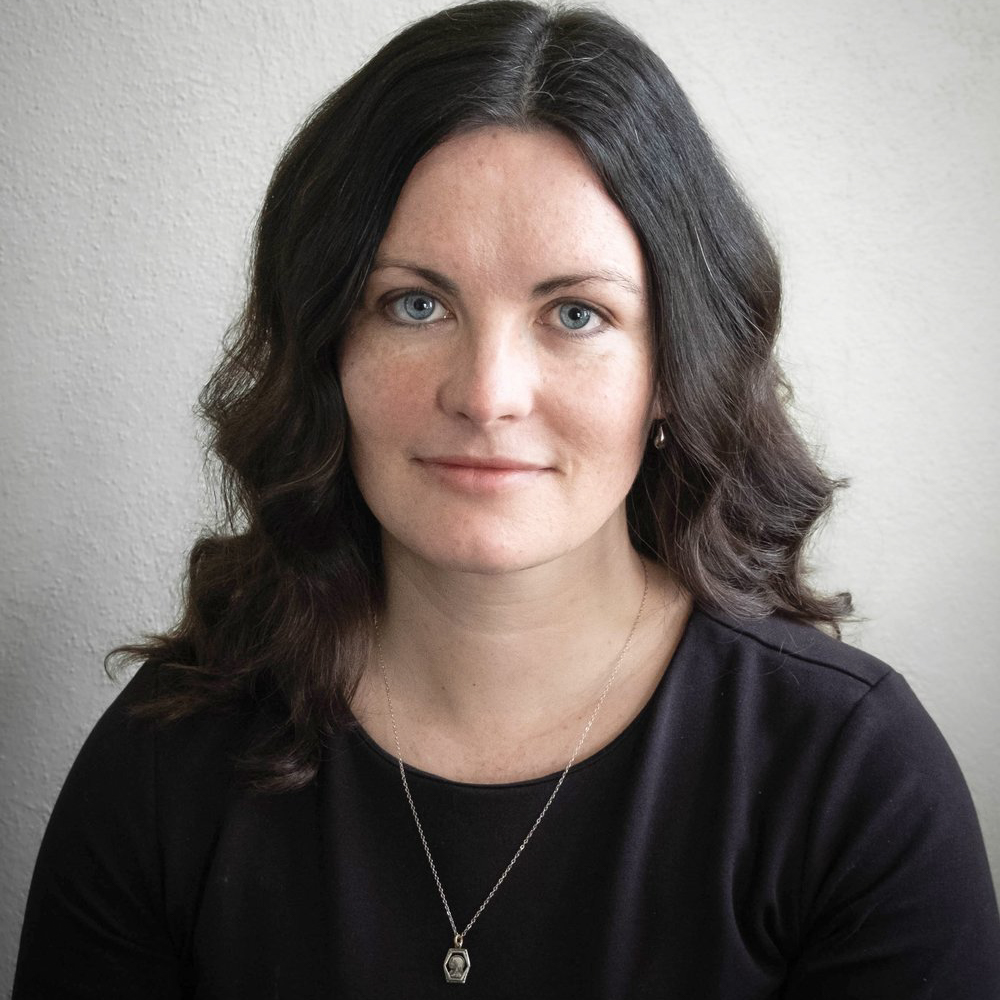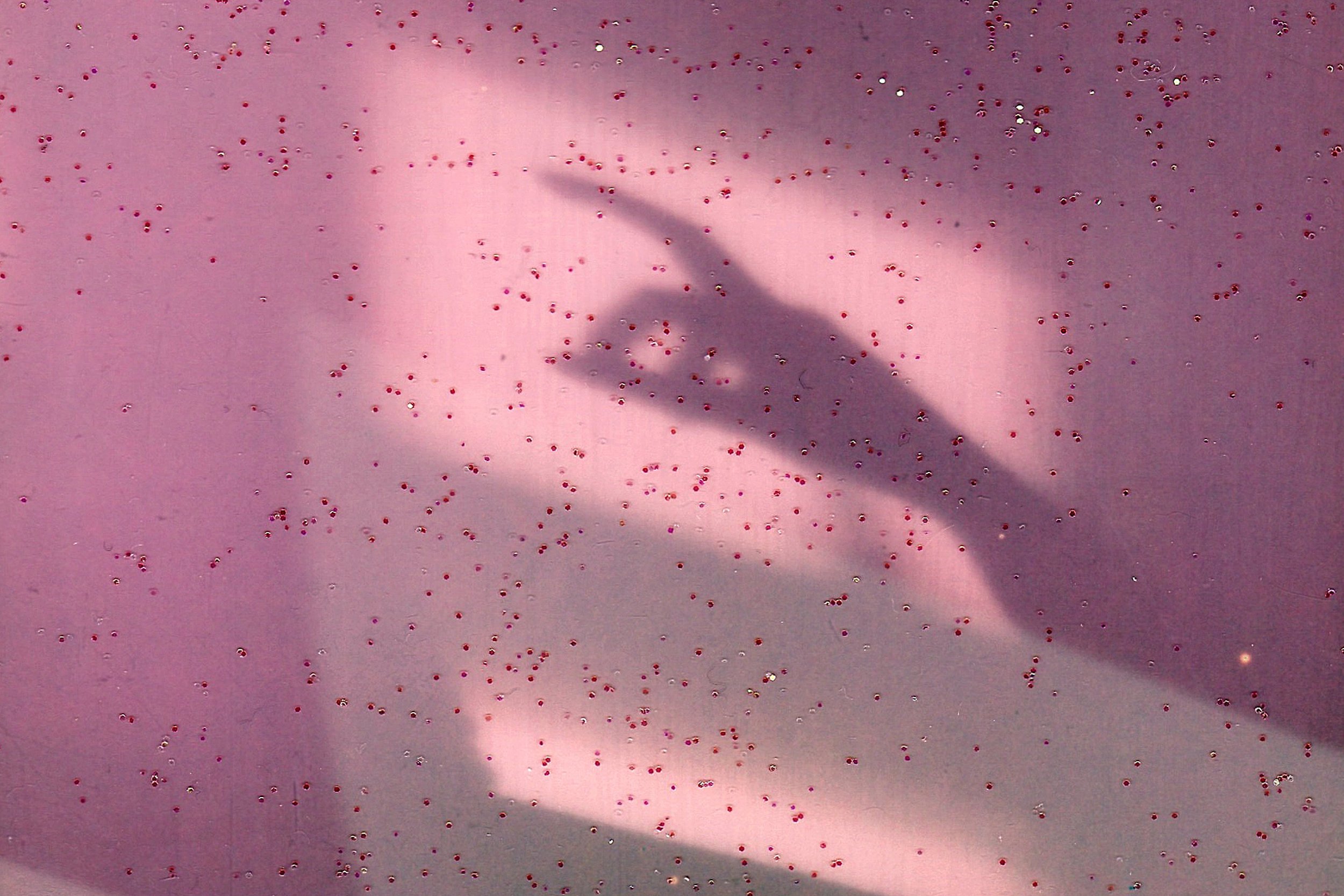From Post-Christian Feminism to Catholicism
A Letter from Abigail Favale
Image by Lisa Fotios
This letter is a part of The Catholic Woman’s letter collection For the New Feminism. Each piece featured in this series will explore the different ways in which Catholic women are making sense of what it means to be a woman in light of her lived experiences and in light of the Catholic Church. The intent of this series is to explore that “‘new feminism’” St. John Paul II called women to cultivate. To learn more about what such a feminism means and could look like, check out our free video program Cultivating Catholic Feminism.
B
eloved,
For as long as I can remember, I have wondered about womanhood. When I was a little girl, I anthropomorphized everything—toothbrushes, silverware, trees—I imbued these objects with personalities and interesting backstories, bringing every object into the mystery of personhood and sexual difference. My toothbrush was a girl, of course, as was my preferred spoon, which had a little flower on the handle. The trees in our yard were girls, too, maternal sentinels spaced throughout the yard, keeping watch and offering shelter. I didn’t have a sister, so I made everything a sister. I had an innate sense that being a girl mattered, that being a girl was a good thing.
Despite this tendency to bestow girlhood on everything around me, I wasn’t particularly “girly.” I often played a male role in pretend-play with my best friend from across the street, like He-Man or Indiana Jones. I was competitive, athletic, headstrong. I liked wearing dresses on occasion, but only as a passport to another realm—to bring a favorite heroine to life: Alice or Anne, or better yet Princess Cimorene from Dealing with Dragons, one of my favorite books. She was a princess, yes, but one who learns to fight and think for herself, who flees the confines of her kingdom to live with dragons. In her, I saw myself: a creature of opposites, a tomboy heroine who craved supposedly manly things: adventure, sport, battles of intellect. Cimorene was stubborn and strong-minded, quick-witted and brave. In her I saw a vision of femininity that was not constraining but freeing, rich with possibility.
I encountered similar heroines in scripture. I read and re-read the stories of women in the Bible, women who prophesied, women who saved lives, women who were unafraid to transgress the confines of culture for a higher, divine purpose. Looking at all these heroines, in scripture and in my beloved books, womanhood seemed multifaceted, polychromic—less like a Barbie-shaped box, and more like a lively, sundry citadel, à la Christine de Pizan’s City of Ladies.
But as I grew older, the seemingly wide-open scope of femininity began to narrow. My evangelical Christian world, in contrast to those stories I loved, was a world in which women were always peripheral. Those scriptural heroines? I never heard them mentioned in a sermon. I never saw them depicted or discussed beyond the borders of a Sunday School felt-board. I never saw a woman in a position of spiritual influence or authority. When our pastor visited our house, he spoke only to my father, never looking my mother in the eye.
I began to wonder if my girlhood vision of femininity was just the stuff of fiction, as fantastical as dragons and magic spells. I became aware of the myriad ways I did not fit the feminine ideal of the culture around me. I began to wonder: if womanhood is a narrow box, shaped only for the quiet, the docile, the delicate, is there room in womanhood for me?
Something else began to shift as I entered the turbulence of adolescence: my relationship with my body. In girlhood I had experienced a seamless holism between body and soul. I did not think about my body, regarding it as something distinct from myself. I simply was. My body was me.
This holistic embodiment was disrupted by the tumult of puberty. Not, at first, by the mere changes happening, but rather by the responses to those changes. My body was suddenly under constant scrutiny. I grew cognizant of how I was failing to meet the physical standards of ideal femininity.
“Why don’t you shave your armpits?” asked the girl at Bible camp, gazing down on me from an upper bunk. “And why do you keep squinting at everything?” I glanced nervously under my arms, alarmed to see a thick forest of black hair that I had never noticed before. When did this happen, I thought? And I had ditched my thick glasses that day, it’s true. I didn’t want to look like a nerd.
“‘Why don’t you shave your armpits?’ asked the girl at Bible camp, gazing down on me from an upper bunk. …When did this happen, I thought?”
Photo by евгений качин via Pexels
Another time soon after, at basketball practice: I noticed two girls whispering and snickering behind me in the lay-up line. They were staring at my legs. I looked down, then around at the other girls. They all had smooth legs, but mine were furry. I’d made some fatal error, I realized. Femininity had strict contours, and I was coloring outside the lines.
As I noticed these other girls noticing my body, I began to think of my body as something separate, an it that could be distinguished from me. No longer was my body simply a seamless extension of my selfhood, the ground of my personhood. It was an alien object that I needed to control, to curate, to subject to others’ approval. Womanhood no longer appeared to be a vibrant city of which I was a native citizen; now, it seemed an elite club with a dress code, and I was stuck outside the door.
So began the schism, the split between body and self, one that would remain unhealed for the next twenty years.
Things got worse when I grew breasts. My period came when I was only ten, a complete ambush, and my mammary glands bloomed soon after. We moved to a new town, a new state, and I entered sixth grade as a busty giantess. I was a stranger in a strange land; I was a stranger to myself.
More than this: my body posed a danger. In the religious rhetoric of my upbringing, a woman’s worth was rooted in her sexual purity. If she loses or compromises her own purity, she is now “damaged goods”: a lollipop that’s been passed around; a dirty piece of tape that’s lost its stickiness; gum that’s already chewed and flavorless—the terrible metaphors abound. If a young man sexually sinned, it was portrayed as a misstep, a “stumble,” something easily correctable. But if a woman sinned, the value of her very being was compromised. My maturing body was a threat, a gateway to sin. I absorbed the implicit dualism: spirit good, body bad.
I also absorbed the expectations of the broader culture, ones at odds with evangelical purity culture, yet also harmful distortions: namely, that women should be sexually available to men, that this is how we become free and get love. I was desperate for love, to have my worth as a woman affirmed, and I was caught between these dueling narratives: have sex and lose your worth as a woman or have sex and gain your worth as a woman. I chose the latter, and received the former. Seeking love, I had sex, and then experienced a brutal and shaming rejection from those closest to me. I was a fallen woman, like something from the pages of sensationalist Victorian novel. I had lost my worth.
In this state of deeply internalized shame, I went to college. I discovered feminist thought in the dusty aisle of the university library, and my life was changed. This, I thought, is what I have been seeking. In the distance I could once again glimpse that vibrant City that offered rich possibilities of living out my womanhood.
Initially, this proved true. Feminism gave me tools to analyze how I’d been harmed and devalued, as well as a vocabulary for recasting my female identity as a positive thing. I read women writers, discovered women saints. This was my feminist “awakening.”
Yet there’s another side to this feminist journey, a gradual “endarkening.” Feminism had opened a door out of the narrow definitions and roles of my upbringing, revealing a seemingly new and expansive vista. But over the course of my twenties, that scope narrowed. I adopted a feminist worldview that was deeply suspicious—of Christianity, of history, of reality, of receptivity—and, most importantly, of femaleness itself.
Unwittingly, I had entered another box, one in which the female body was likewise seen as a threat: not because its sensuality could lead to sin, but rather because its fertility compromises the feminist ideal of autonomy. Secular feminism helped me regain a sense of self-worth as a woman, but it could not heal the alienation I felt from my body, because feminism has embraced the lie that contraception and abortion empower women. We must go to war with our bodies to be free.
This version of feminism also alienated me from God. I was taught to see everything—the world, scripture, religious tradition, every text and interaction—through a hermeneutics of suspicion, a way of seeing that is fundamentally distrustful of everything except my own perspective. In my birthright evangelicalism, humility and submission were prized as the defining virtues for women. In my secular feminist outlook, these were vestiges of patriarchal oppression, and so I repudiated them, unknowingly crippling myself spiritually. Eschewing the bedrock spiritual virtue of receptivity—the essential spiritual posture for all human beings—I closed myself to the metamorphic alchemy of divine grace.
This dual alienation escalated throughout my twenties, reaching an apex as I approached the age of thirty and became, for the first time, a mother.
“Eschewing the bedrock spiritual virtue of receptivity—the essential spiritual posture for all human beings—I closed myself to the metamorphic alchemy of divine grace. This dual alienation escalated throughout my twenties, reaching an apex as I approached the age of thirty and became, for the first time, a mother.”
Photo by Evie Shaffer
Becoming a mother upended my world. I experienced the full power, the unshakeable, reality of my femaleness. My body is not a threat, a gateway to sin; my body is an abundant, miraculous source of new life. I am not made solely for autonomy, for self-determination; I am made for communion, for interdependence, for love. And—I am mortal. I have limits. Not everything is under my control.
My feminist suspicion, once so confident, was shaken. Or perhaps more accurately, my suspicion was redirected, newly aware of secular feminism’s ironic discomfort with femaleness. My quest for woman’s dignity, was not, as I had thought, fully complete. So I gathered the small treasures I had found in feminism and went back on the road, seeking something more.
This part of the story is strange, inexplicable really, except through a deus ex machina intervention. Over the course of one month—October 2014—I was teleported from angsty post-Christian feminism to the fellowship hall of my local Catholic parish, preparing to enter the Roman Catholic Church. I had many doubts, about the male priesthood, contraception and gay marriage, but the doubts were no match for the floodtide of desire carrying me onward: desire for the sacred, for the Eucharist, for an incarnational, lived-out faith, for a theology that celebrates the body as gift.
For over twenty years, I had been on a quest to find the meaning of woman. After meandering through the wild, I at last reached the open gate of that marvelous City of Ladies and discovered, to my surprise, that this city was the Catholic Church. In this city, Mary is our Queen. She is the icon of all humankind, and the City takes her form and face—lifted up and open, ready to receive the gift. As a woman, I now understand, I share in this iconography. My female body is a sacred sign of the human capacity to welcome the love of God and be transformed by it, made fruitful. This City is full of women, other living icons whose varied bodies likewise signal the same eternal reality of receptivity to divine love. Yet we are all different, each of us unique and unrepeatable. No instantiation of woman is exactly the same. And that is a good and beautiful thing.
I live in this City now, a lowly handmaid in the Queen’s court—over there in the corner, completing the work she’s given me to do, looking around at the other valiant women who crowd into the space: there’s Joan of Arc, straight-backed and armor-clad; Hildegard, whose voice fills the room; Bernadette, gazing lovingly at Mary; Catherine of Siena, fire flashing in her eyes; Macrina, teaching a circle of students who sit in rapt attention. And here, near me—I’ve crept closer, so I can be in her orbit—is Teresa Benedicta of the Cross, née Edith Stein, writing busily, as if her pen is lit from within.
How did I get here? I wonder, in awe—this strange and beautiful City where I am free, at last, to be a woman, and to be myself: to live out that sacred mode of being human in a completely unique way. There are no scripts here, no narrow boxes, no corsets being pulled tight. There is only a song that is perpetually sung, a song that calls to my heart and reaches down to loosen its bonds and beckon to my inmost being. Open. This song is a call to adventure, yet also a song of completion—the song of a quest fulfilled.
Rejoice with Jerusalem and be glad because of her,
all you who love her;
Rejoice with her in her joy,
all you who mourn over her—
So that you may nurse and be satisfied
from her consoling breast;
That you may drink with delight
at her abundant breasts!
For thus says the Lord:
I will spread prosperity over her like a river,
like an overflowing torrent,
the wealth of nations.
You shall nurse, carried in her arms,
cradled upon her knees;
As a mother comforts her child,
so I will comfort you;
in Jerusalem you shall find your comfort.
I see and sing and my heart exults. My body flourishes, like the grass. At last.
The door to the City is open, Beloved. Can you hear the song?
+Abigail+

About the Writer: Abigail Favale is Dean of Humanities at George Fox University, and the author of Into the Deep: An Unlikely Catholic Conversion. Her latest book, The Genesis of Gender, will be published by Ignatius Press in 2022. Abigail wrote and presented the educational material for The Catholic Woman's free video program Cultivating Catholic Feminism.







